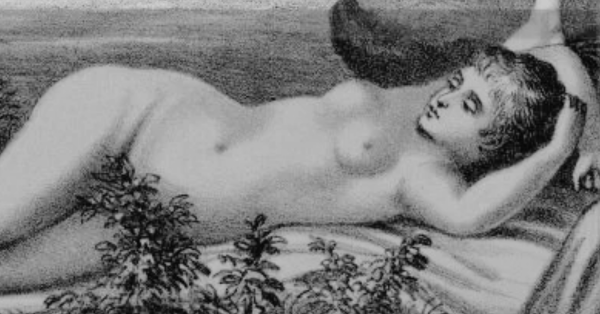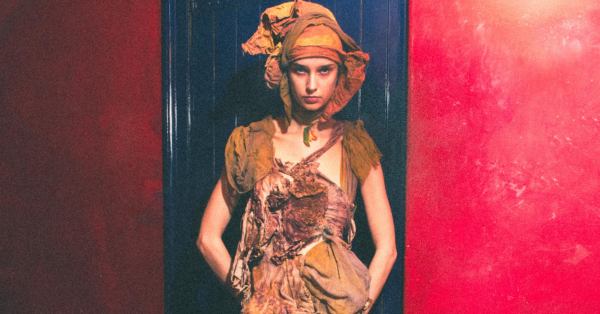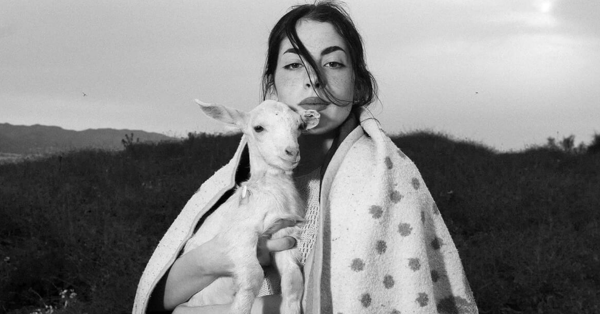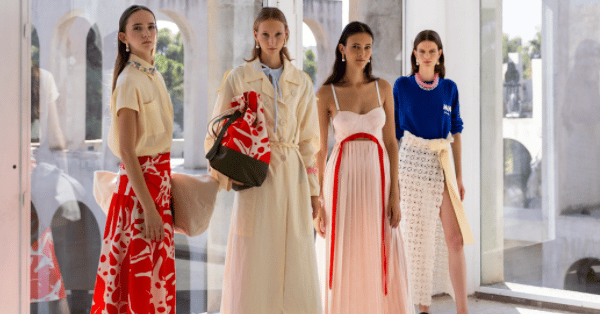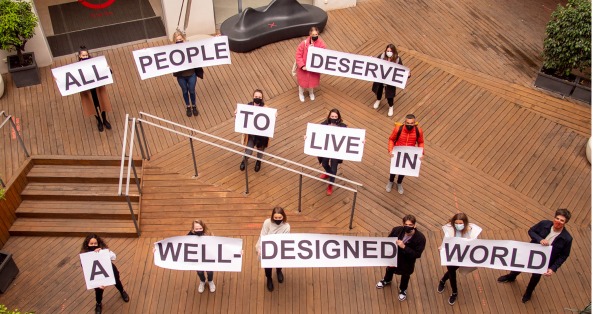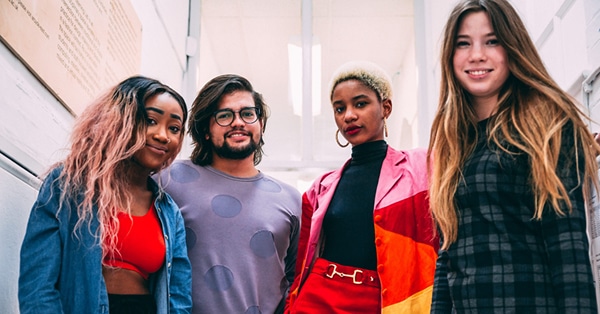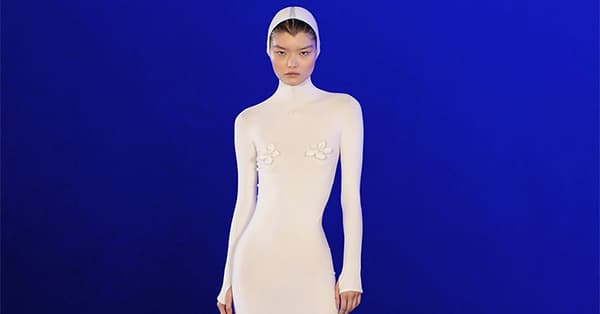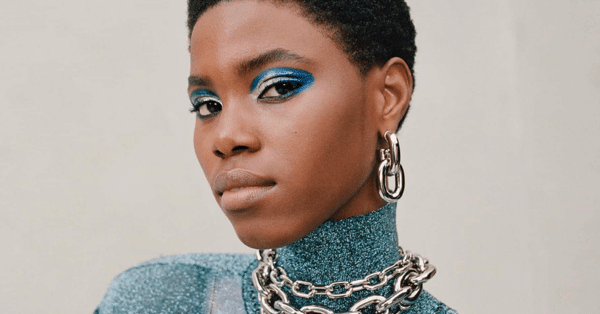There has always been talk of what’s in a French woman’s closet. No matter the age or background, you will always find at least one agnès b. cardigan, usually in black. It is the staple that is swung over the shoulders, tied around the waist, worn for years, it follows you throughout life like your favourite pair of jeans, but without the drama of leg width or waist height. Because it’s always with you, it’s easy to forget that agnès b. is not just a label, but an incredible woman who has set a template of doing things differently in an industry that is all too dependent on a trends cycle. By purposely placing herself outside of fashion trends, you look back over fifty years and you see traces of her everywhere.
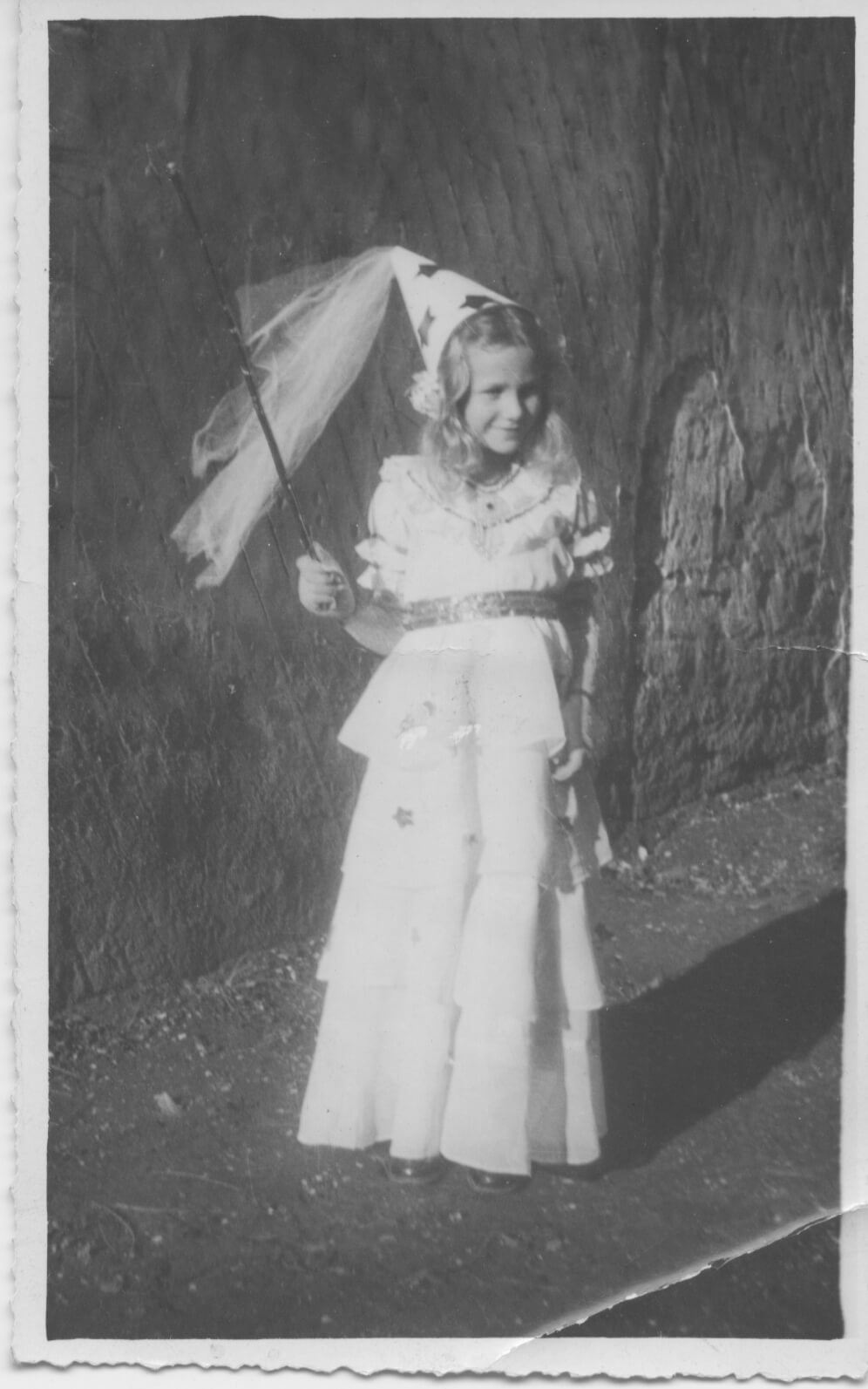
Agnes six years old
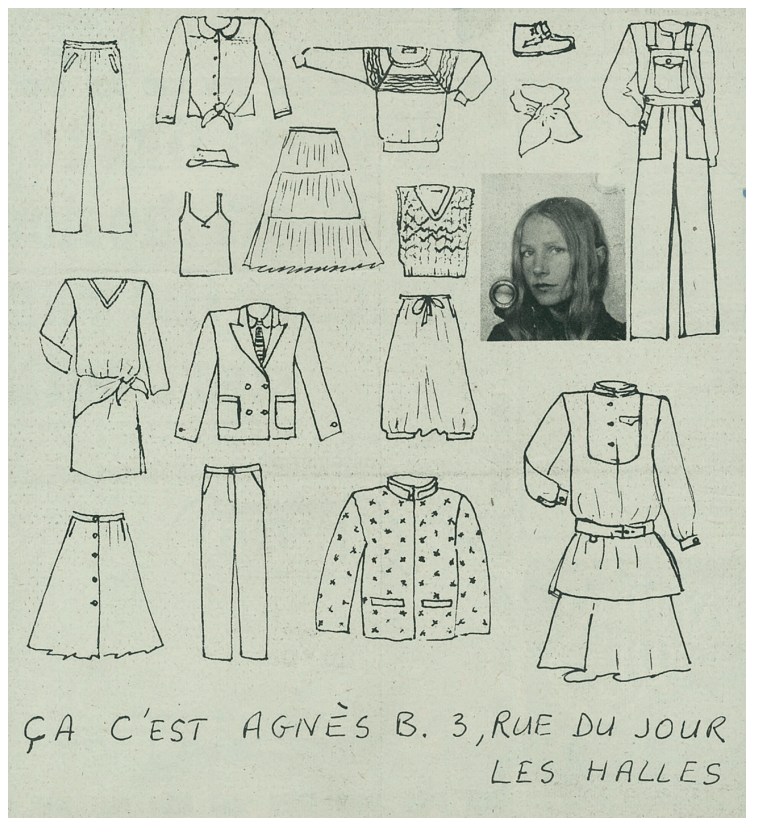
Croquis d’agnès b
Agnès Troublé, better known simply as agnès B., has long been one of fashion’s most quietly radical forces. Her striped tees, utilitarian jackets, and easy silhouettes are the kind of clothes that don’t just hang in wardrobes; they hang in memories. Worn by downtown artists, French cinema’s darlings, and the occasional skateboarder, her pieces carry a democratic cool. Patti Smith, David Bowie, Iggy Pop, Chet Baker, and Jane Birkin are just some of the names from the music scene to have donned her pieces. Quentin Tarantino turned to agnès b. for Uma Thurman and John Travolta’s iconic pieces in Pulp Fiction, and the brand’s pieces also appeared in Reservoir Dogs. Beyond Tarantino, she has worked with directors like David Lynch, who asked her to design the costumes for Mulholland Drive. She even produced Gaspar Noé’s I Stand Alone, which watches like a nightmare full of hyperreal madness before today’s manosphere. But while many know her for that instantly recognizable cardigan-pressé, fewer realize she’s built an empire where fashion, philanthropy, and film intersect in surprising ways.
Earlier this year I attended the opening exhibition of ‘Harmony Korine in agnès b. Collection since 1997’, showcasing the collaboration with the renowned filmmaker and artist Harmony Korine. I didn’t realize the decades-long friendship these two had built, along with her and a dozen of other artists. Cinema, in particular, has been one of her enduring love affairs. Agnès has funneled her resources into independent projects that might never have existed without her. She helped finance Leos Carax’s cult masterpiece Holy Motors, gave early support to filmmakers like Claire Denis, and backed Harmony Korine’s notorious Gummo. That last connection blossomed into a long-standing creative friendship with Korine himself — the enfant terrible of American indie cinema, who once appeared as much a fixture in her world as the striped sailor shirts she sells.
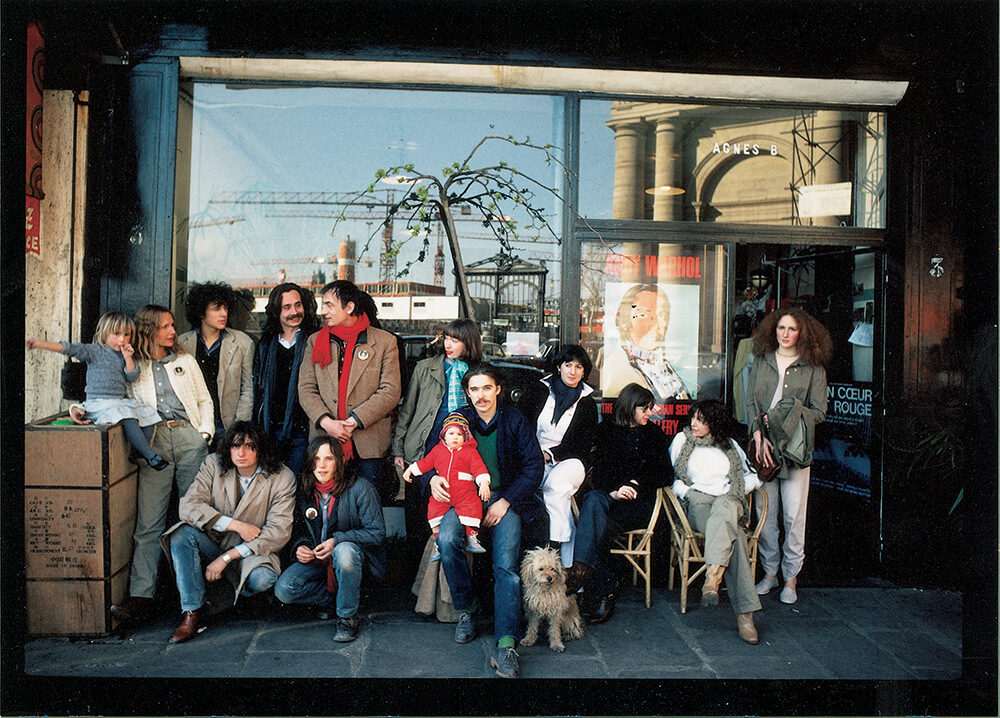
Photo by Brigitte Lacombe 1976
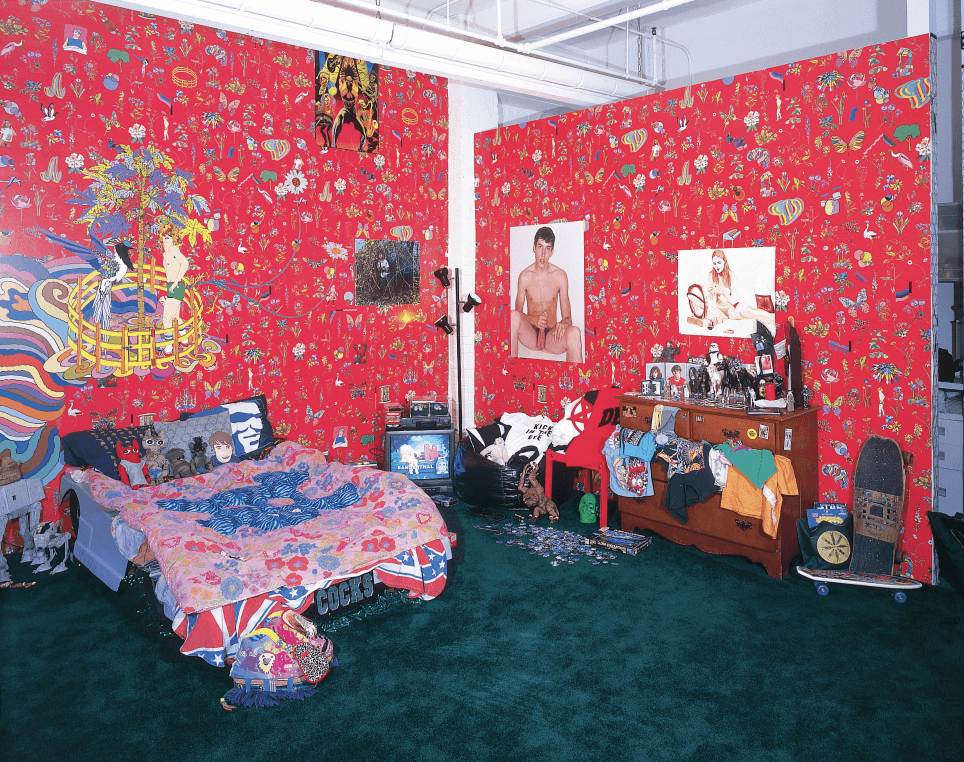
Galerie du Jour
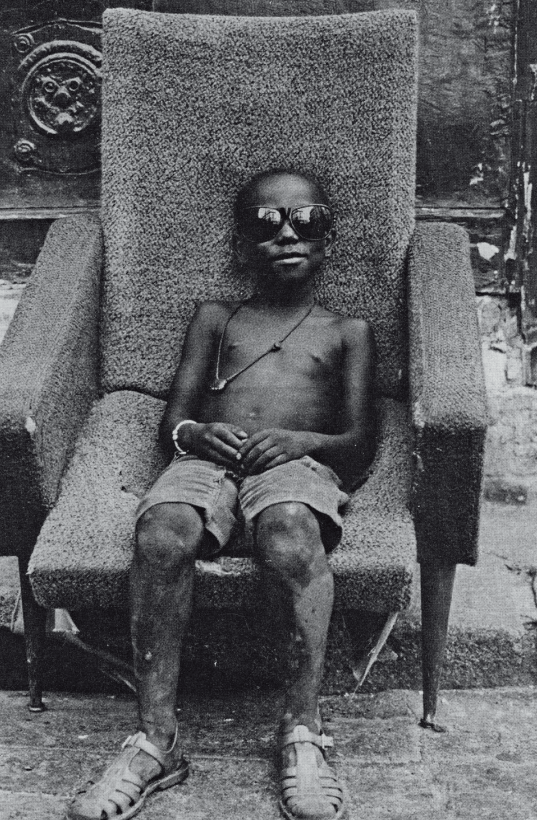
Martine Barrat, Mamadou, La Goutte d’Or, 1982, première exposition galerie du jour agnès b.
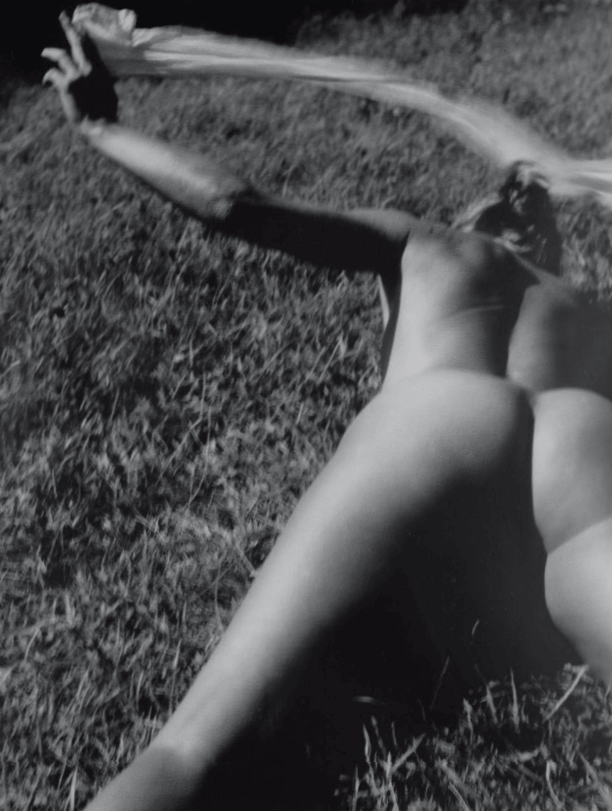
Le nu au chiffon blanc, Thierry Lefébure, 1988
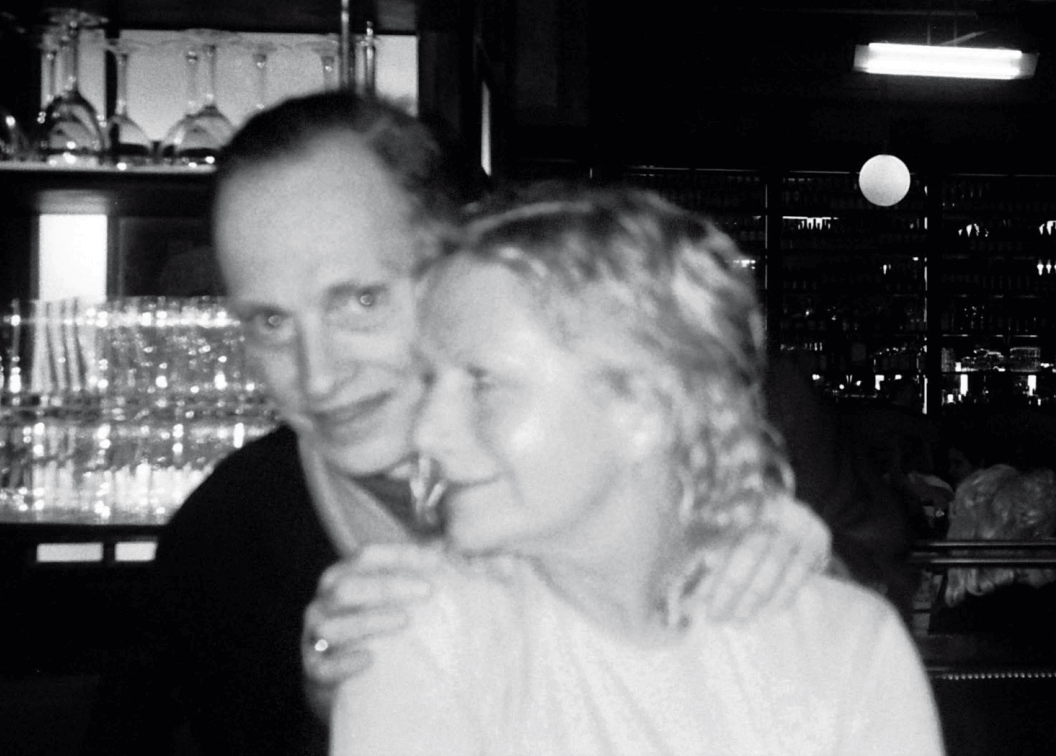
With John Waters
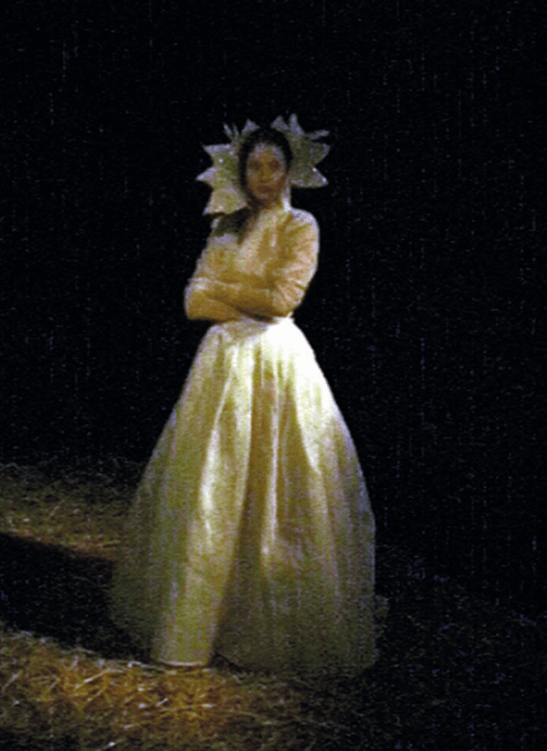
Extrait de la vidéo de Gaspar Noé pour la collection été 1999
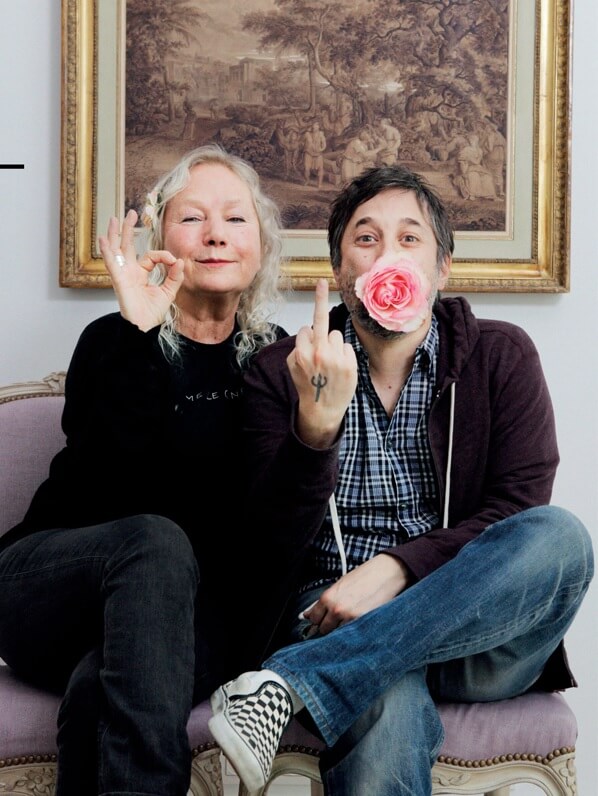
With harmony k
Beyond the screen, Agnès has cultivated art’s undercurrents with a persistence that feels rare today.
Beginning in 1993, the label invited artist friends including Gaspar Noé, Joone, Aurel, Mike Lash, and Yayoi Kusama to design condom wrappers, which have since been distributed free of charge. Through her Fondation Agnès b., she’s championed contemporary artists and humanitarian causes with equal conviction, offering not just gallery walls but global advocacy. Street art, too, has always had a place in her orbit: she collaborated with Futura 2000 back when graffiti was still dismissed as vandalism rather than embraced as cultural capital. That instinct to platform outsiders, to put resources behind the marginal, the misunderstood, and the not-yet-canonized, has made her more than just a designer.
For her Spring Summer 2026 Agnès took us on a journey through the history of her style. Futura 2000 along with Jonone, Harmony Korine, Ikon, Gilbert & George, Laure-Hélène Vaudier, and Mel Bernstine’s prints were featured on garments throughout the collection while French ballet dancer Hugo Marchand opened the show with a dance and singers M and Oxmo Puccino closed with a song. Agnès has styled the very landscape of culture itself, always ahead of the curve, always in motion. She is now 83 years young and with her I look at her with admiration thinking I want to be like Agnès when I grow up, a curious hunger that never grows old.
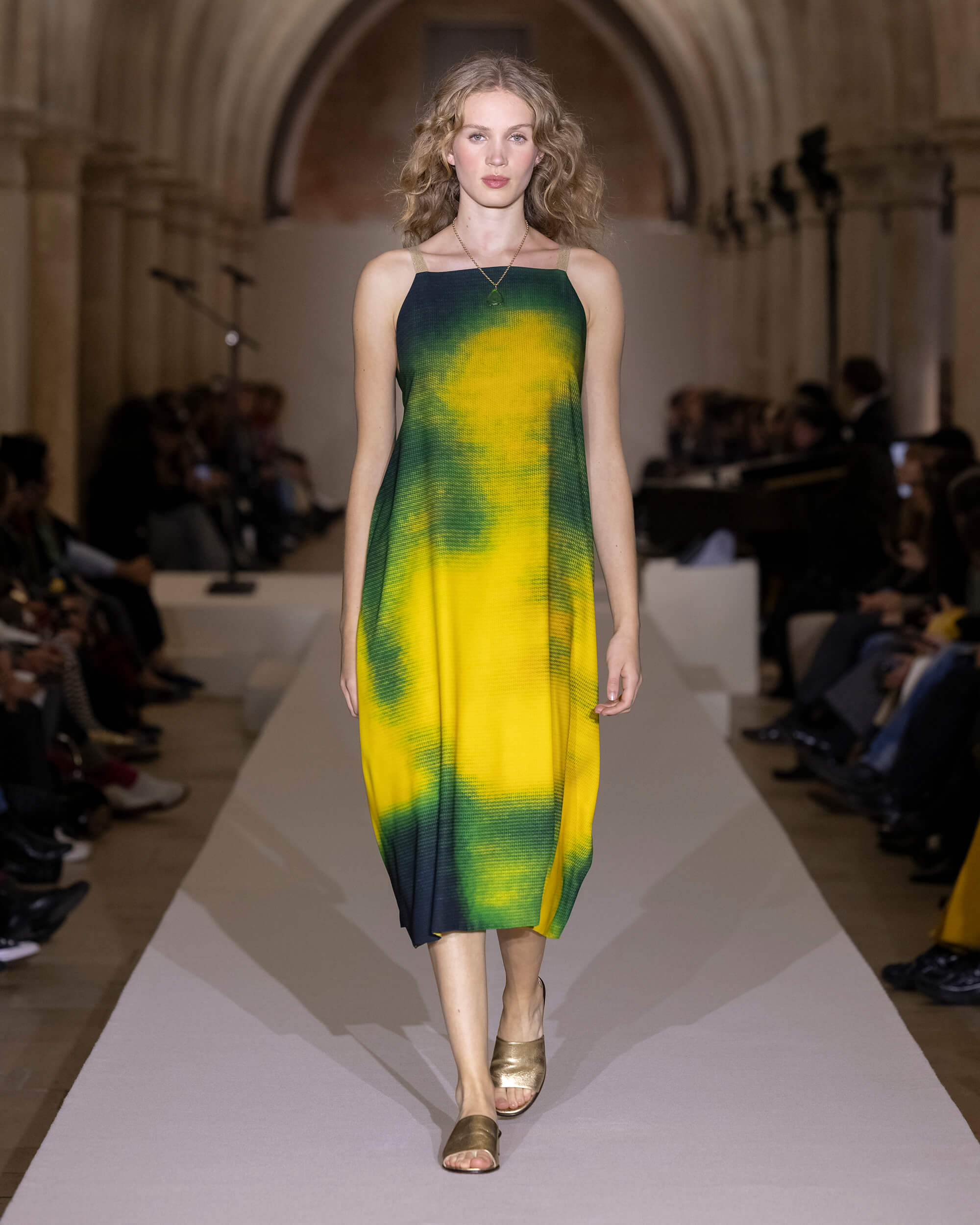
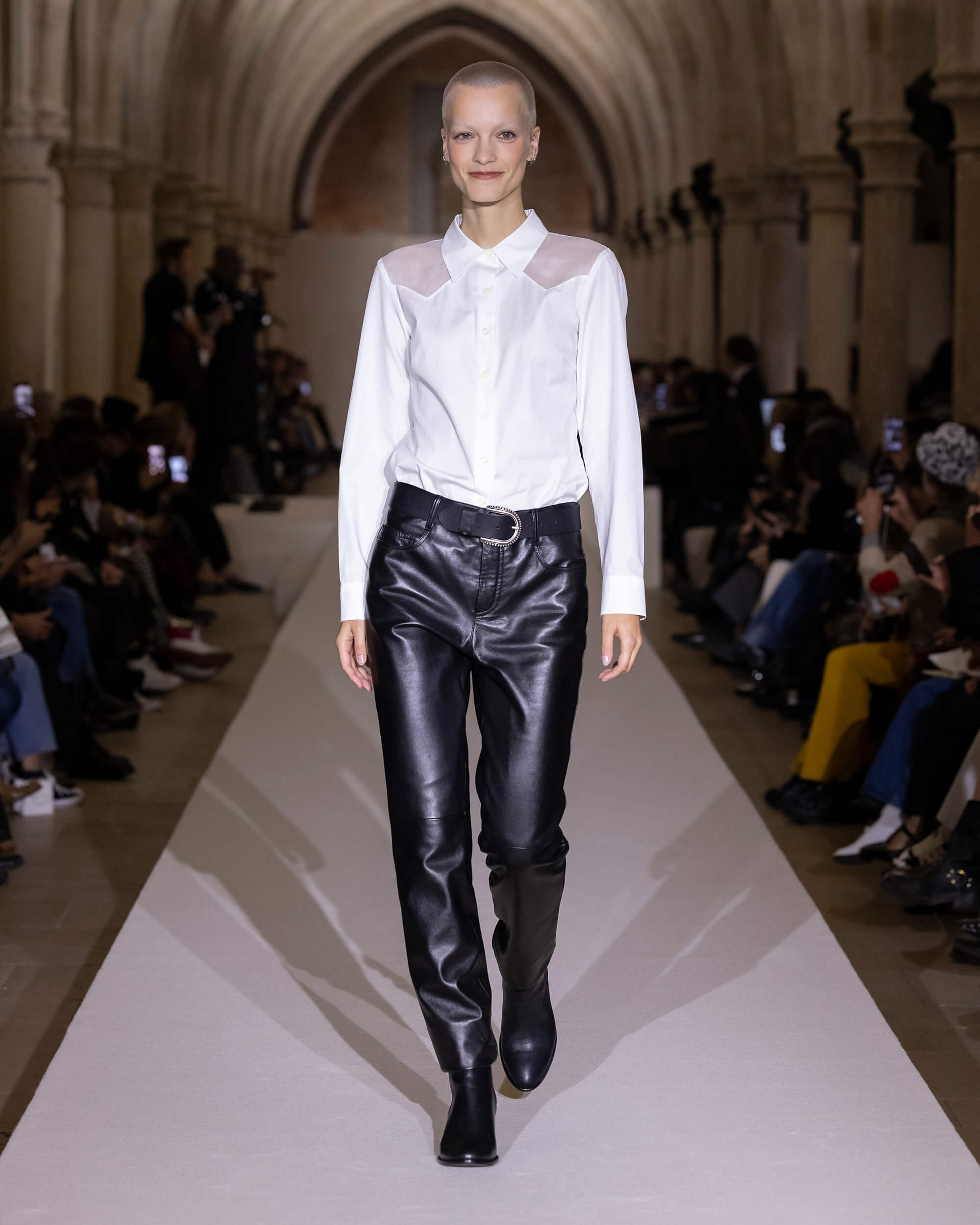
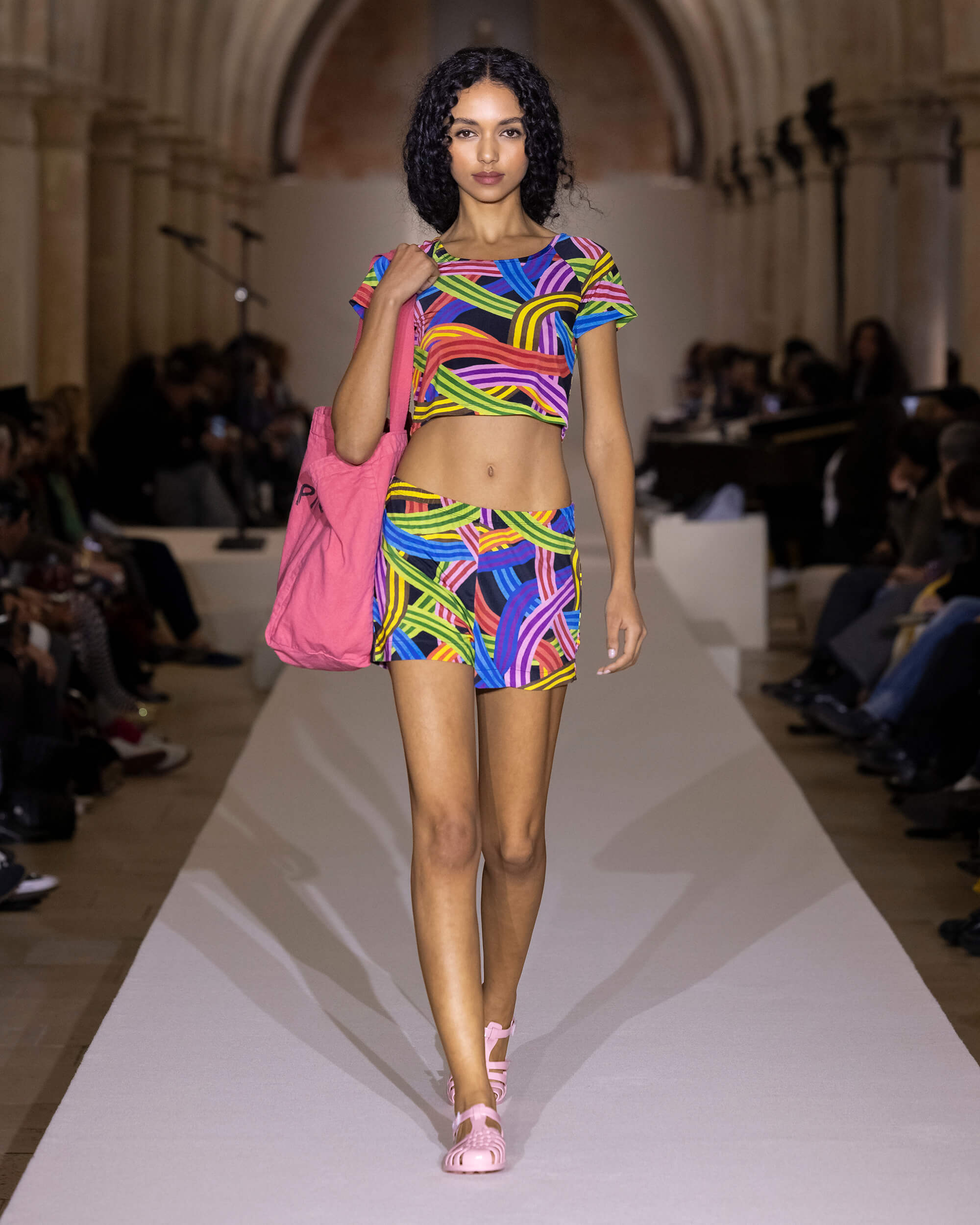
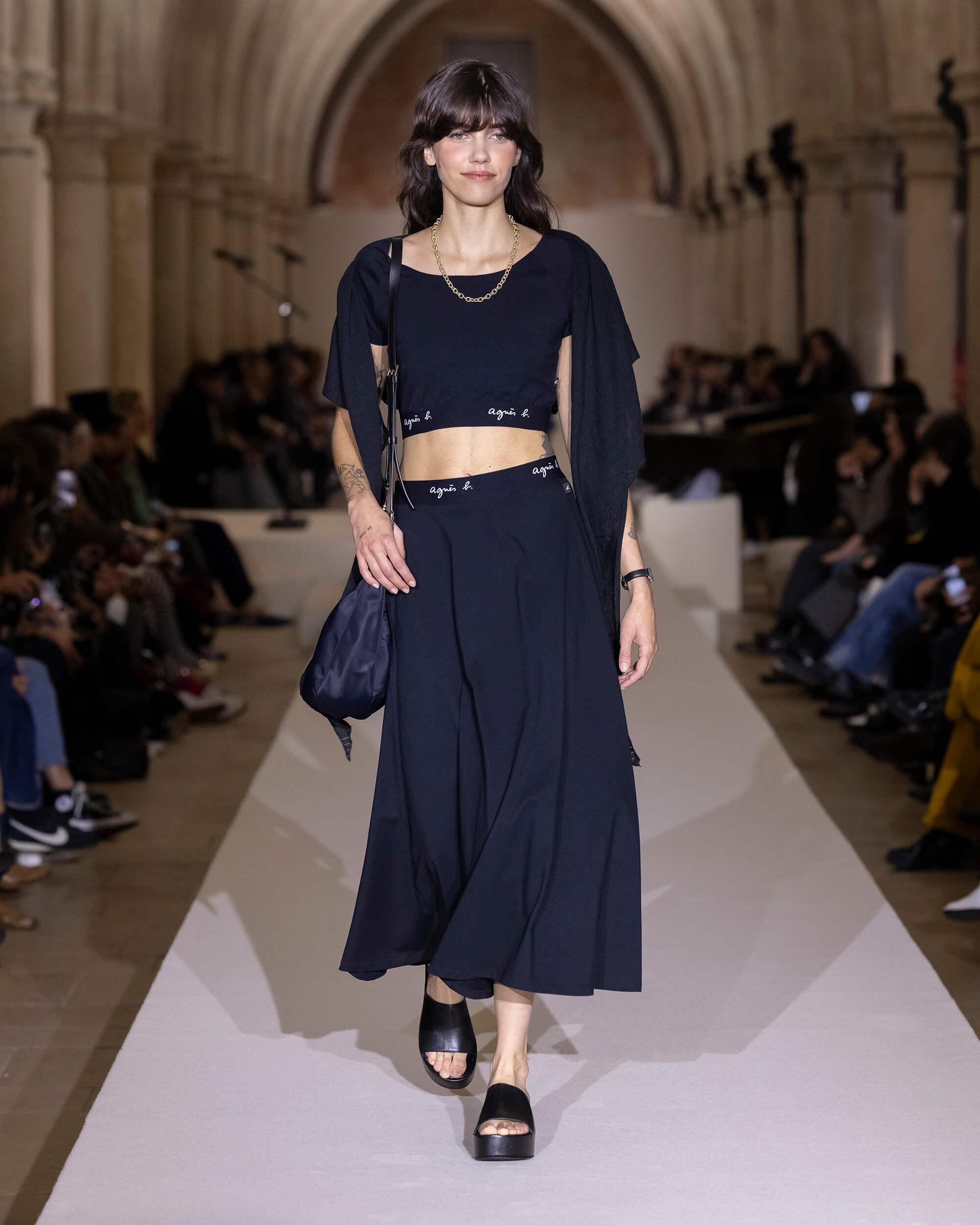
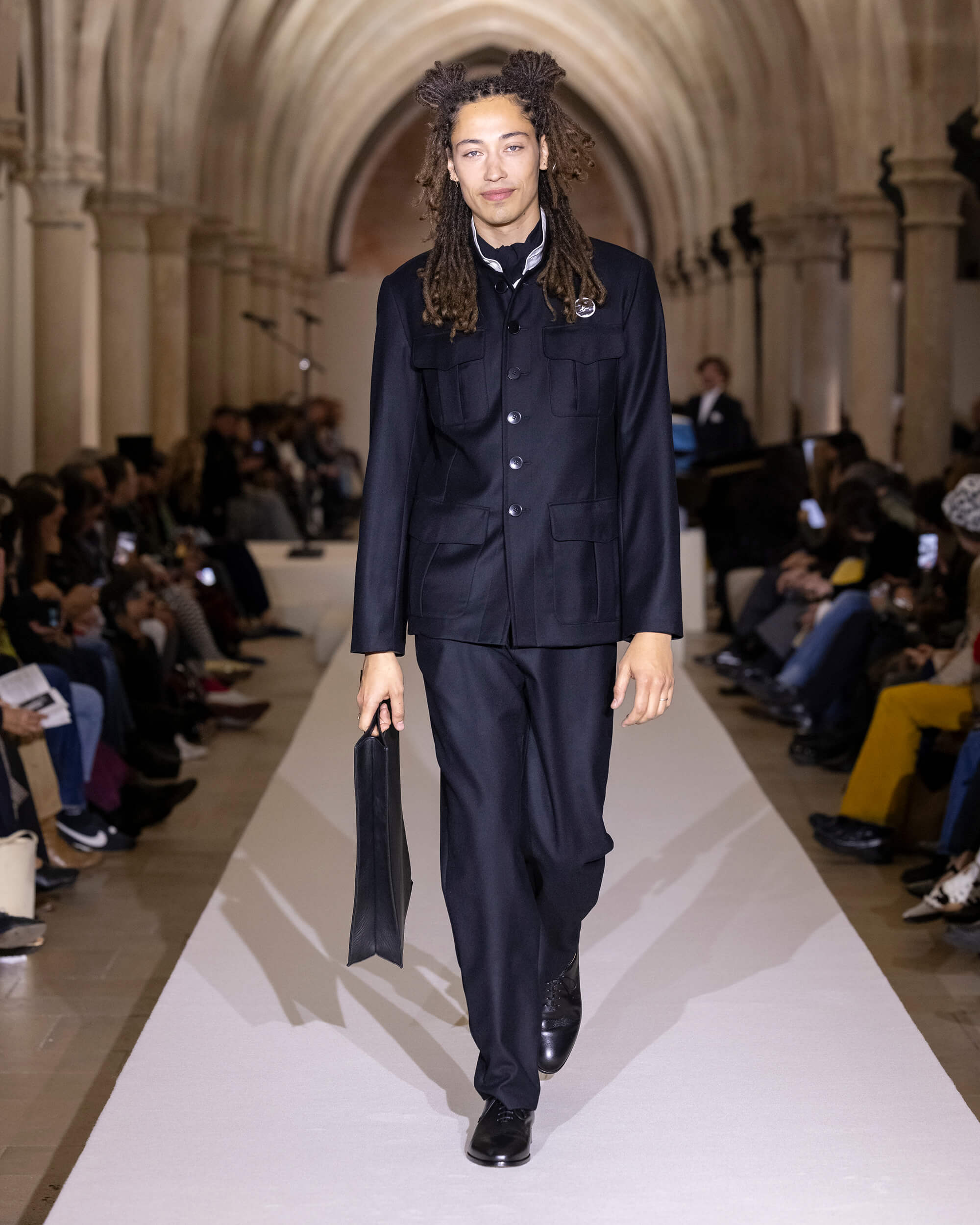
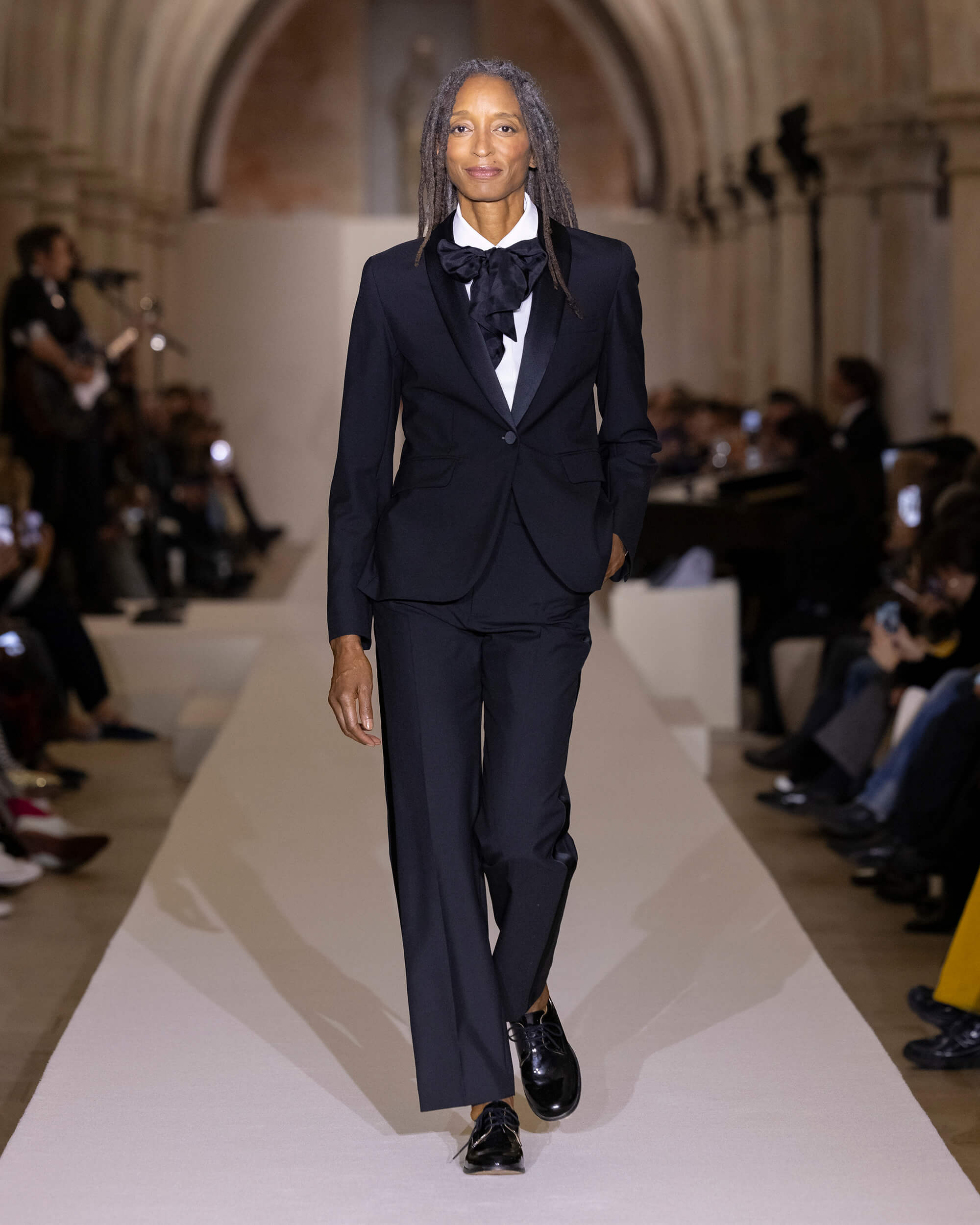
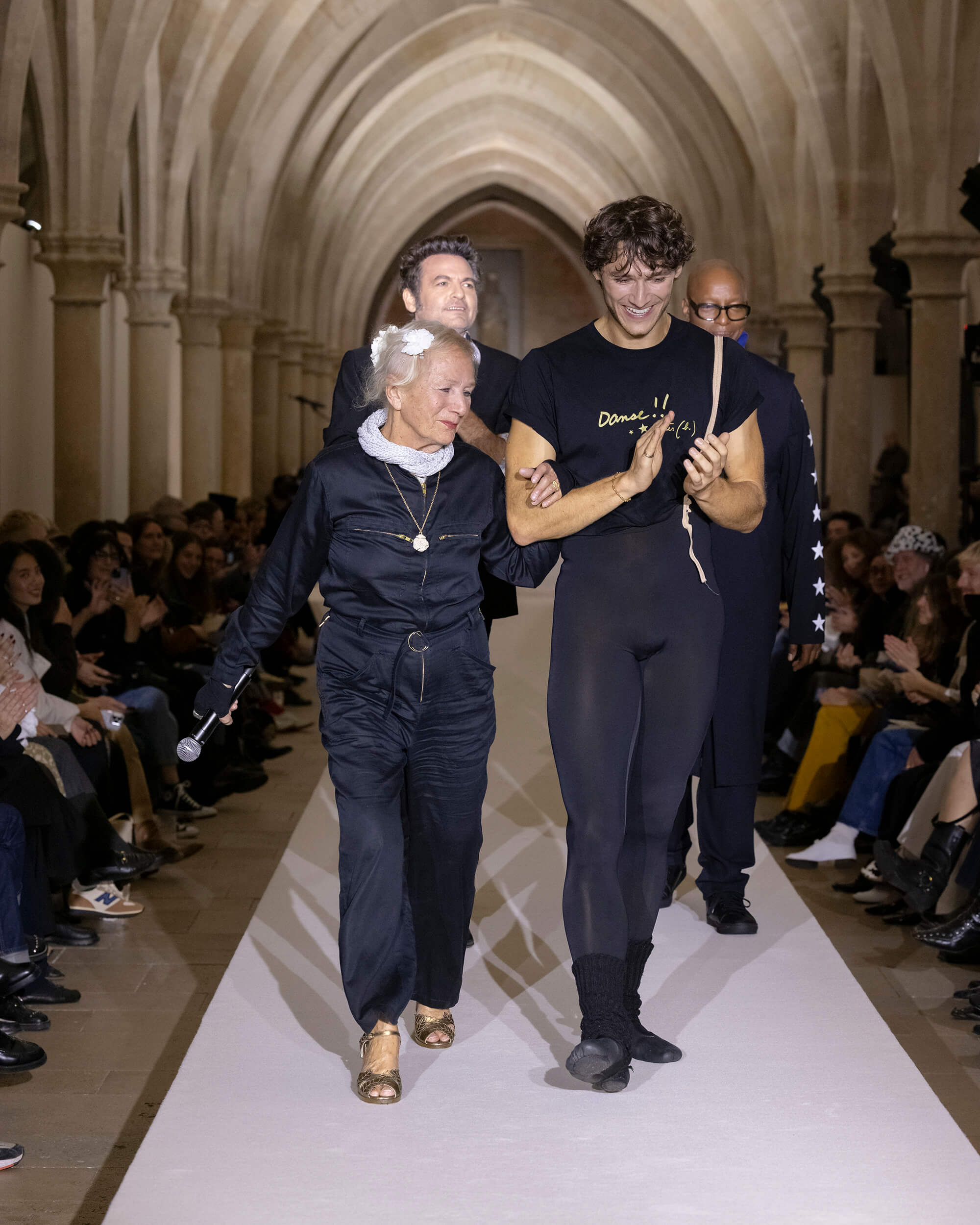
For more www.agnesb.com

